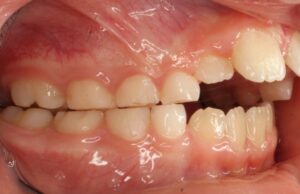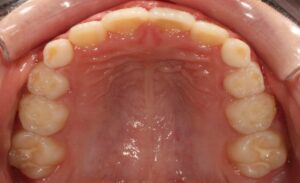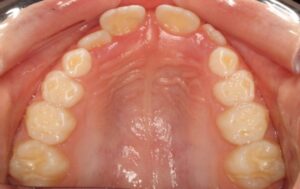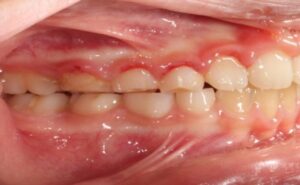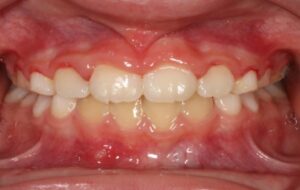
Smart shopping with the ADA Seal of Acceptance
Looking for a dental product to help keep your mouth healthy and your smile bright? The store shelves are stocked with options. How do you know which to try?
How Do I Know Which Products Really Work?
The American Dental Association (ADA) can help. Look for the ADA Seal of Acceptance (Seal) (Figure). The Seal says that a dental product is safe and effective. Also, visit MouthHealthy.org or follow the ADA on social media. The ADA provides information on the science behind dental health claims. Through these outlets the ADA also identifies ideas and trends that are not supported by science. And listen to your dental professionals. They are familiar with your needs and can point you in the right direction.
How Do I Know What A Product Is Supposed To Do?
Products with the Seal make it easy to identify what benefits have been scientifically proven according to Seal program requirements. Companies clearly state, in a bulleted list alongside the Seal, which benefits are supported by science. For example, if a toothpaste says that it helps with cavity prevention, dental sensitivity, enamel erosion, or whitening, the company has provided research showing that it does just that.
And toothpastes are not the only products that carry the Seal. More than 200 over-the-counter products have the Seal, including toothbrushes (both powered and manual), mouth rinses, products that clean between your teeth, and products that help relieve oral pain or dry mouth. The Seal program even has categories for water filters, sports mouth guards and sugar-free chewing gum.
How Do Products Earn The Seal?
Companies cannot use the Seal without permission from the American Dental Association (ADA), and the ADA will not give that permission without sufficient proof that the product does what the manufacture says it will do, safely and effectively.
What qualifies as proof? Science. Companies must provide results from laboratory tests and clinical studies supporting each oral health claim made for a product. These studies have to be performed by laboratories and researchers who are not associated with the company.
The ADA even has a voluntary program to make sure laboratories that conduct independent research in support of products with the ADA Seal of Acceptance can provide reliable results. In addition to reviewing study results and research sites, the ADA conducts its own research on products such as tooth brushes, toothpastes and mouth rinses.
Look For The Seal
The number of dental products in stores and online that make all kinds of promises seems almost limitless. Look for the ADA Seal of Acceptance to be sure that the claims made by the dental product you choose are backed by science.






